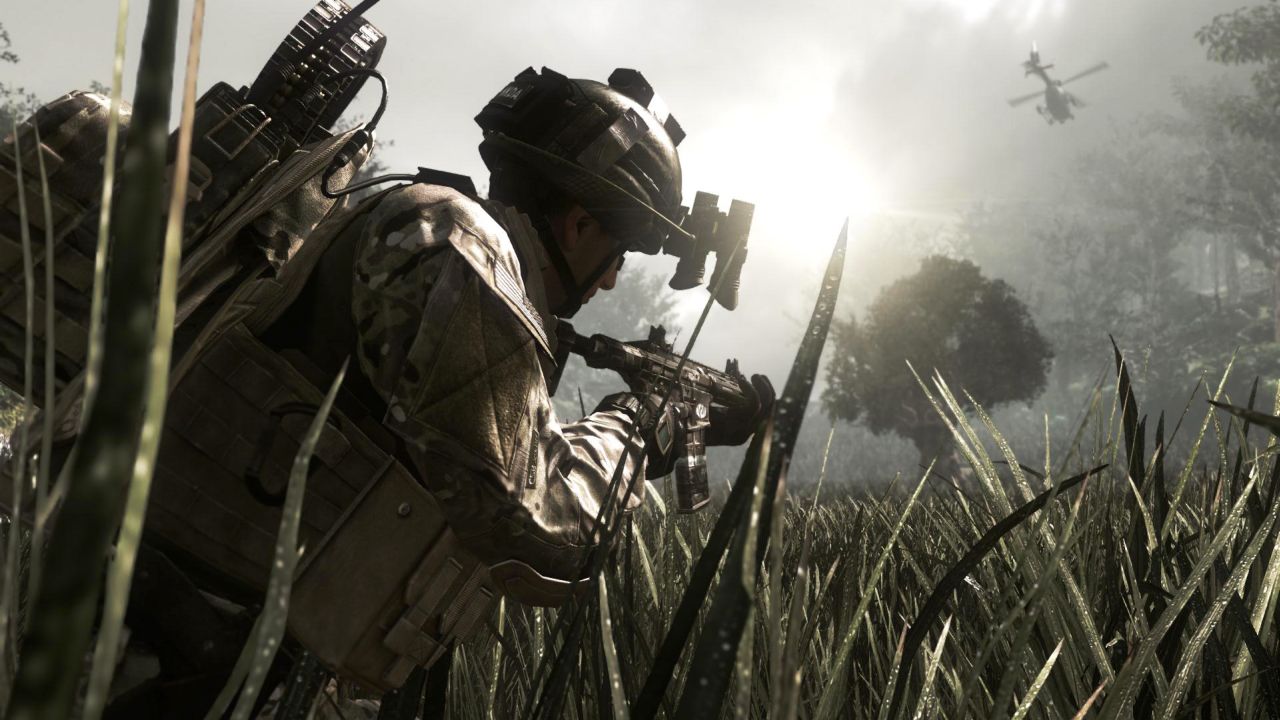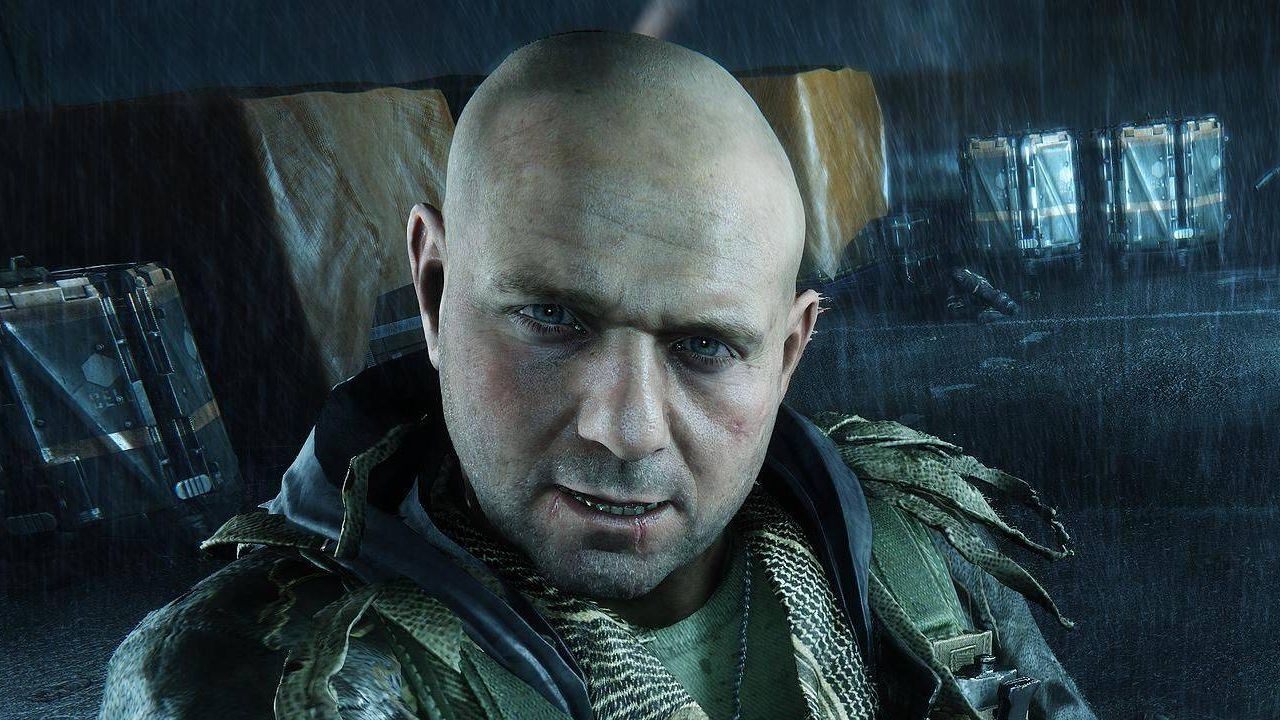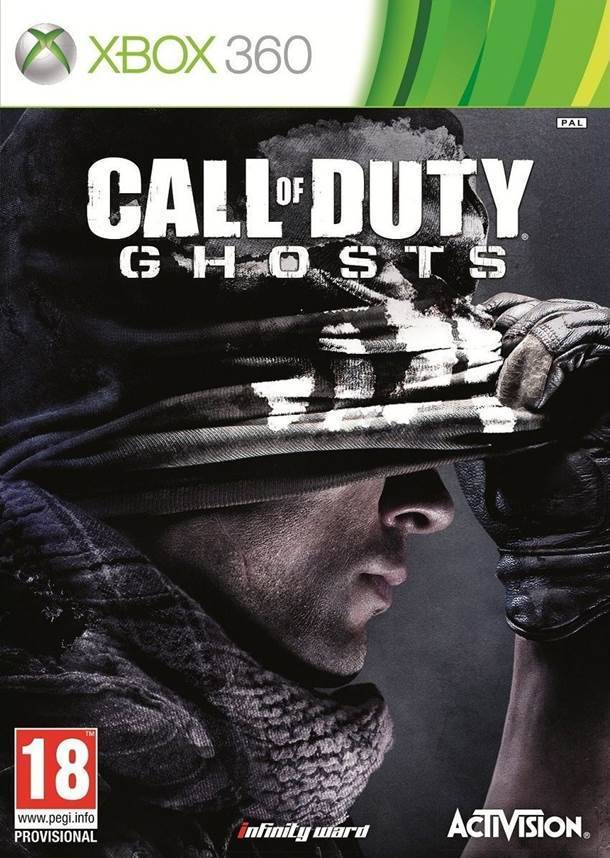
When Call of Duty: Ghosts was showcased for the very first time at the Xbox Reveal event on May 21st, it gave semblance to the phrase “and the crowd goes mild”. However, Infinity Ward promised it would be debuted a new graphics engine with new atmosphere smoke, increased environmental effects and improved animations that play into the game to allow you to seamlessly leap over obstacles and slide into cover.
One of the biggest new additions, as evidenced in the gameplay trailer released from the event which looked at the next generation engine, was the facial animation Infinity Ward had employed. Despite animation lead Zack Volker being rather dodgy on what exactly make a new engine “new”, the facial animation was of a standard never before seen in a Call of Duty game.
The new engine tried to take advantage of the fact that the curvature of an object would remain constant, even as it came closer or further to the player. A similar method was seen more than a decade ago with Shiny Entertainment’s Messiah, wherein character models and environments would increase or decrease in the number of polygons being showcased depending on how near or far you got from them. This was technically supposed to help increase the efficiency of the engine, as polygons that weren’t displayed were not rendered and resources could be spent on making what was being displayed look even better.
Not that it worked in Messiah’s case but we digress.
Nowadays, the market for facial animation in video games has diversified greatly. One look at Crysis 3’s facial animation will tell you that developers aren’t playing around, using a combination of both licensed and propriety technologies and workflows to achieve the most realistic animation possible. So how well does Activision’s new engine measure up to what was shown at this year’s Game Developers Conference 2013?
Skip to 2:27 on the Xbox Reveal trailer to compare the current look of the animation to what was seen at GDC.
As stated in the comments, the GDC character trailer involved a majority of resources being devoted to lighting and animating a single head. Similar to what David Cage showcased at the PS4 Reveal event, this isn’t too difficult. But when you factor in a complete character model, other characters, environments, AI, particle effects, weather effects and a hundred other factors, it’s a given that you won’t get the exact same quality.
So it is a definite tantamount to the technology at hand that even if Activision’s engine couldn’t approach nearly the same quality shown in the GDC trailer, it’s still pretty decent in the larger scheme of things.
Does it look better than the crème of the crop in Crysis 3? Not really. But considering Infinity Ward’s approach of only including elements to increase immersion when it fits their definition of the gameplay experience, it makes sense. Right? Also, keep in mind that Ghosts is still, by all intents and purposes, a first generation title for the PS4 and Xbox One. Future games could significantly improve on what’s seen here.
Then again, Activision did recycle the same engine for years on end for the last generation of Call of Duty, only making an enhancement here and there when necessary. This resulted in Call of Duty titles that remarkably similar to each other with little improvements, to say nothing of the gameplay.
But we digress again.
What do you think about the facial animation processes in Call of Duty: Ghosts? Let us know in the comments below.

















